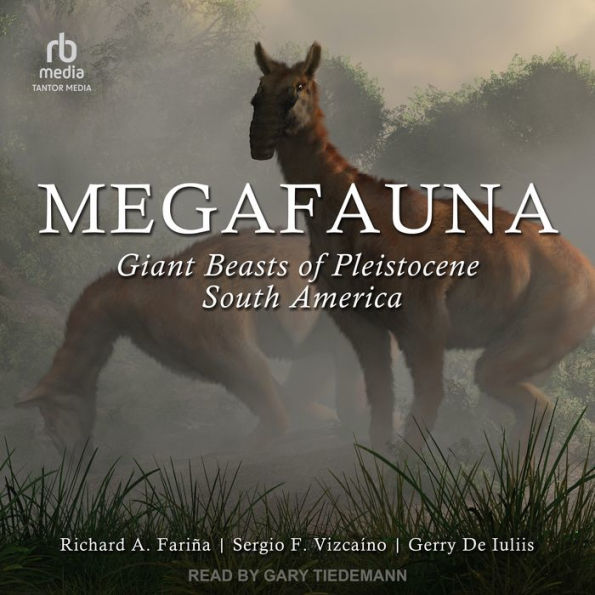"Overall, [this] is an enjoyable read that provides a substantial amount of detail on the biology, ecology, and distribution of these fantastic animals. . . . Highly recommended."—Choice"Collectively, this book brings attention to the discovery and natural history of ancient beasts in South America while providing a broader temporal and geographic background that allows readers to understand their evolution and potential immigration to South America."—Quarterly Review of Biology"The conversational tone in this volume makes it a pleasure to read. I recommend this book for anyone interested in paleontology, students new to the subject, graduate students, and researchers who want to become well grounded in late Neogene paleontology of both Americas."—Journal of Vertebrate Paleontology"This is an excellent volume. Its structure is complex, serving well the multitude of topics the authors managed to treat in a reader-friendly, yet rigorous manner that will satisfy both specialists and general paleontologists and the educated reader. . . This book is likely to facilitate progress in the understanding of fossil mammals from the Americas."—Priscum"These bizarre beasts are wonderful exemplars of parallel evolution, controversial in their implications for competition/extinction . . . and just plain intriguing!"—Donald Prothero, author of After the Dinosaurs: The Age of Mammals"The history of the South American megafauna is a fascinating topic. For much of the Cenozoic Era South America was an island continent in which the carnivores were all marsupials and the herbivores were primitive ungulates that evolved into forms functionally similar to unrelated animals found elsewhere in the world. [They] were a unique blend of indigenous and immigrant animals that had apparently reached equilibrium in the wake of the Great American Interchange. When and why many of them subsequently went extinct has yet to be fully resolved."—John Harris, Chief Curator of the George Page Natural History Museum
5
1

Megafauna: Giant Beasts of Pleistocene South America

Megafauna: Giant Beasts of Pleistocene South America
FREE
with a B&N Audiobooks Subscription
Or Pay
$24.99
24.99
In Stock

Editorial Reviews
Product Details
| BN ID: | 2940175923491 |
|---|---|
| Publisher: | Tantor Audio |
| Publication date: | 05/30/2023 |
| Series: | Life of the Past |
| Edition description: | Unabridged |
Videos

From the B&N Reads Blog
